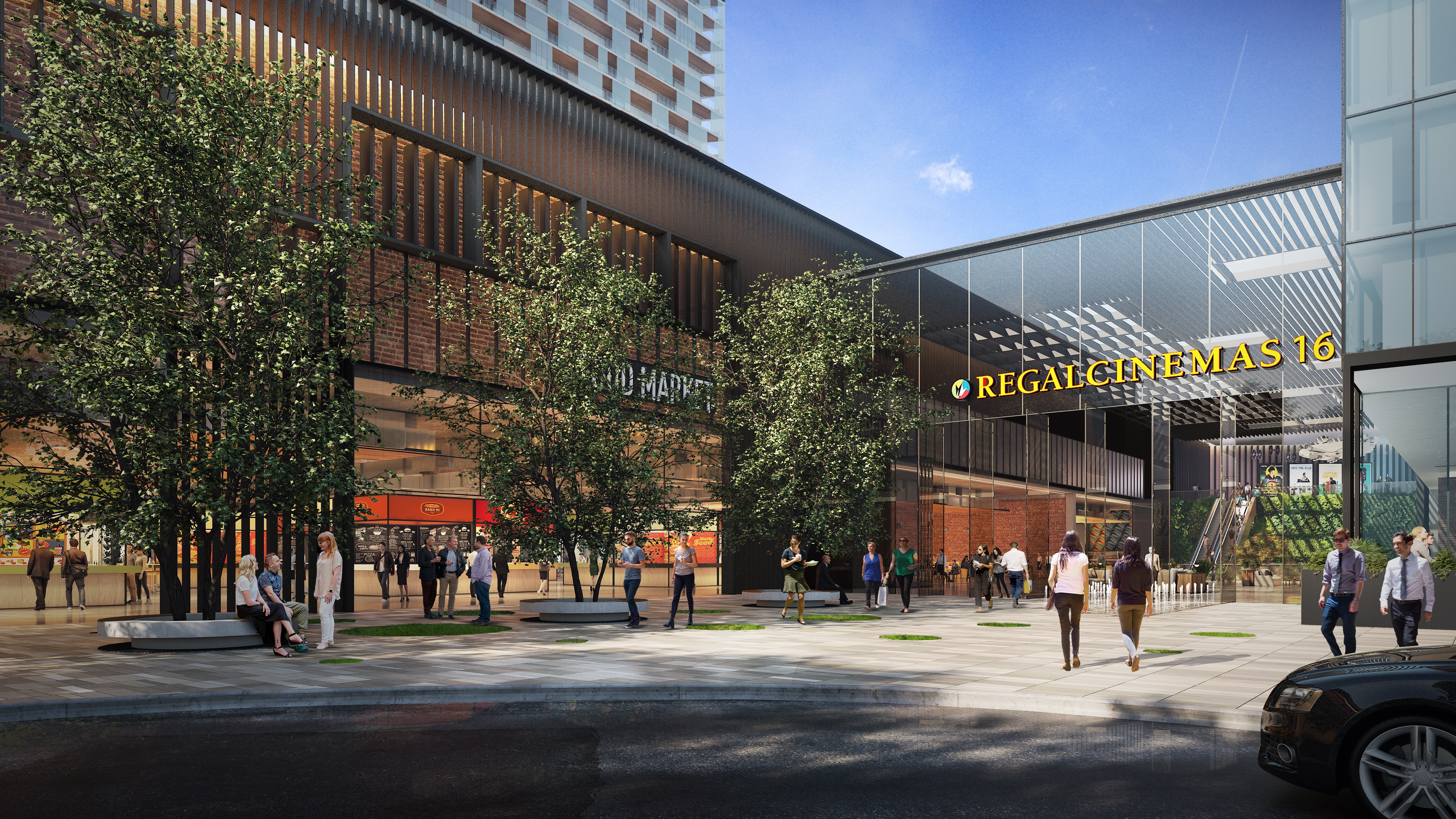After 60-plus years of operating history, the former Ramco Properties is shaking up the status quo.
In just the past few months, the company has announced its new name, new executive leadership and a headquarters relocation, from Farmington Hills, Mich., to New York City. These changes also promise to help advance the firm's mission to boost shareholder value, its executives say.
Earlier this year Brian Harper was named president and CEO, succeeding Dennis Gershenson, who retired. Dennis Gershenson is the son of William Gershenson, who co-founded the business in the 1950s as A&W Management Co., with his brother, Aaron. A&W would become the publicly traded Ramco-Gershenson Properties Trust and then Ramco Properties.
Harper, who was CEO of Rouse Properties, came on board in June, along with a new team of industry veterans that include Michael Fitzmaurice (as executive vice president and CFO), Timothy Collier (executive vice president of leasing) and Jonathan Kraushe (senior vice president of development).
Harper surely hit the ground running — he toured almost every one of the firm’s nearly 60 shopping centers even before his first official day on the job. As for his first week on the job, he describes that as “lifting up the hood of the car to check the engine.” He and his team reviewed 10-year cash flows, the relative strengths and weaknesses of each asset, and the sales for every tenant.

Big opportunities Webster Place, in the Lincoln Park neighborhood of Chicago, sits in a prime location adjacent to a 30-acre master-planned riverfront development called Lincoln Yards. RPT has air rights to build 'vertical' — which opens opportunities to sell those rights to a residential developer, become an equity partner, or do a ground lease
The analysis helped affirm three key goals. One priority is to pay down debt, with the goal of lowering the debt-to-equity ratio (from 6.4x to between 5.5x and 6x). This will involve, in part, the disposition of noncore assets; RPT has already identified 10 centers it intends to sell off, with an estimated aggregate value of between $150 million and $200 million. “These are good assets, but mainly tertiary in nature,” said Harper.
A second focus is to increase efficiencies in the operating portfolio to drive small-shop occupancy from 87 percent to 92 percent. Harper says that the great centers are those that attract the target customer at least three times per week, on average. RPT’s strategy to drive this repeat traffic calls for concentrating on tenants that offer food, fitness, and beauty and cosmetics. “Those three are really where we think the new perfect anchor should be, and once we cement those, we will look to in-fill the space and [to] curate appropriately,” Harper said.
Another initiative involves "densification": new development at select properties within the portfolio. Here the firm has singled out six opportunities currently: two properties in Florida, two in Minnesota, one in Illinois and one in Ohio. RPT says it plans to let market demand drive the types of development at each property, whether retail and entertainment, multifamily, offices or hospitality components.
“We’re not just looking to fill space; we’re looking to maximize shareholder value by looking up, down and sideways and really monetizing components that weren’t seen before”
The firm's Webster Place center, in Chicago's Lincoln Park neighborhood, sits in a prime location adjacent to a 30-acre master-planned riverfront development called Lincoln Yards. RPT has the air rights to build "vertical," which opens opportunities to sell those rights to a residential developer, become an equity partner, or do a ground lease. “We’re not just looking to fill space; we’re looking to maximize shareholder value by looking up, down and sideways and really monetizing components that weren’t seen before,” said Harper.
RPT’s current strategy is consistent with what the previous management was working toward: a focus on dispositions to reduce leverage and on upside opportunities to help create value by focusing on small-shop leasing and densification, notes Todd Thomas, a managing director and senior equity research analyst at KeyBanc Capital Markets. “The new management team has made many changes in the first few months in an effort to rebrand and re-energize the company, and now they have to execute,” Thomas said.
Other REITs are discussing similar strategies to focus on small-shop leasing and the development of excess parking fields at properties. “There are a number of opportunities in RPT’s portfolio,” Thomas said. The question, he notes, is whether the rents will justify the development costs, and this remains to be seen.
By Beth Mattson-Teig
Contributor, Commerce + Communities Today


